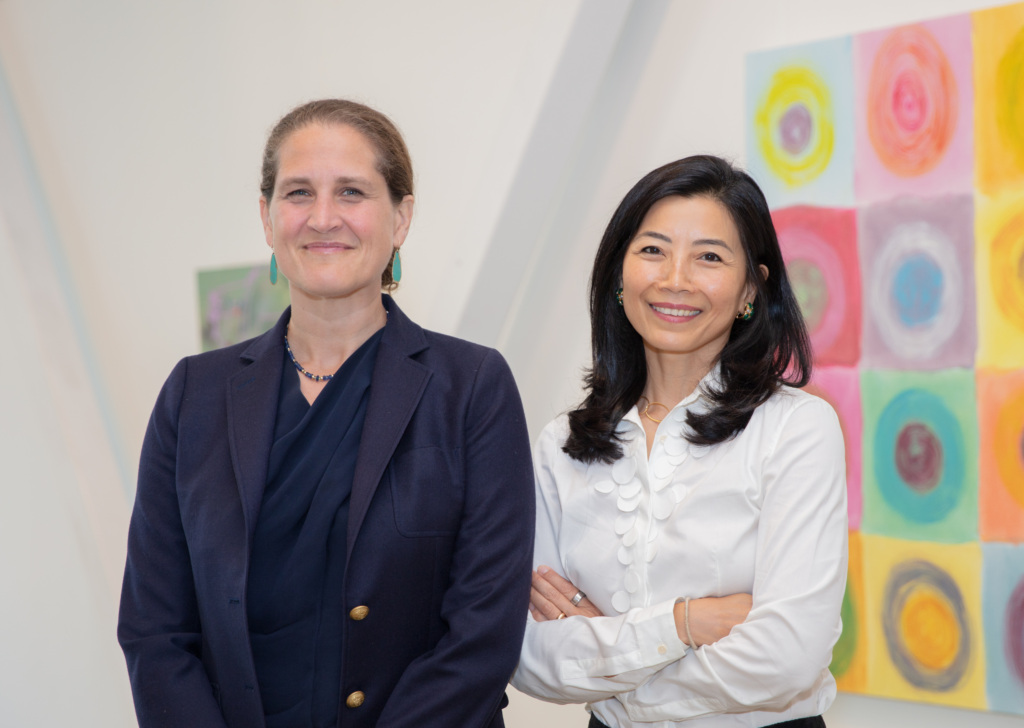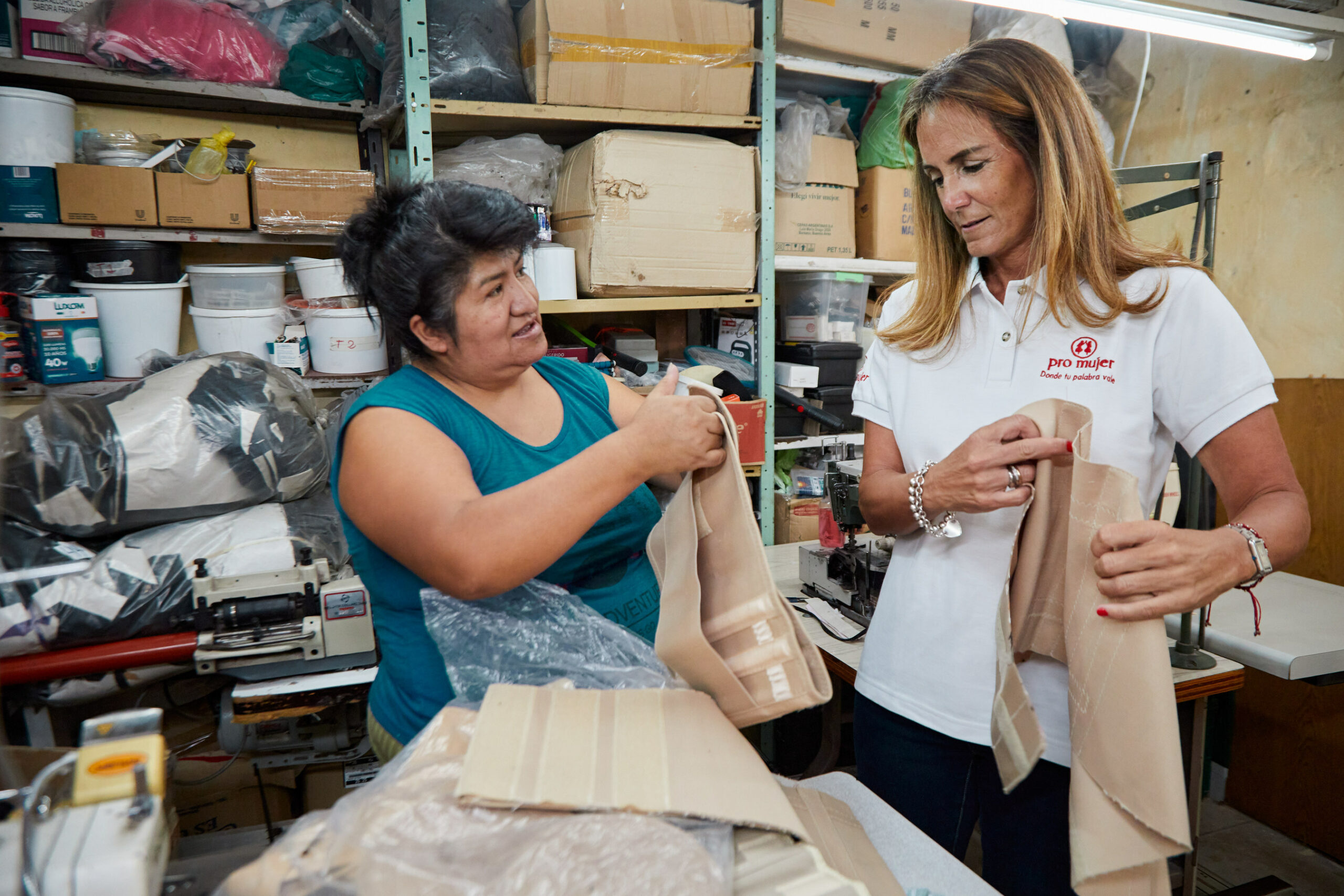College is not only far more expensive than it was a decade ago, but the burden of paying for it has also profoundly shifted away from the public to individual students. At the same time, the odds of graduating and of immediately landing a job that rewards you for that degree haven’t gone up much.
As a result, college still provides a strong return on investment for many students — but the risk profile of that investment has gone up dramatically. Recognizing that reality, a growing number of colleges and universities are stepping up to share some of the risk with their students. So-called risk-sharing initiatives come in many different forms, from tuition freezes and buy-back guarantees to creative financing like income share agreements, which allow students to pay nothing upfront in exchange for a portion of their salary for a fixed time once they graduate and are gainfully employed.
Institutions committed to risk-sharing all share a commitment to affordability and reducing the burden of student debt. But more often than not, financial risk-sharing is also a leading indicator that an institution is ready to go above and beyond to help students succeed.
Here are three other characteristics of risk-sharing colleges that may be less obvious, but are of critical importance to learners considering higher education.
Graduating faster
Institutions that are trying alternative financing and risk-sharing are, almost by definition, innovative – and they’re more likely than most colleges to be thinking outside the box about how to help students complete their degrees. These colleges are working hard to better support students outside the classroom, increasing advising, providing 24-hour support with chatbots and other technology, and re-examining processes like financial aid that are unnecessarily complex. Moreover, they are trying innovative approaches to teaching and learning that are more likely to keep learners engaged and get them through to graduation.
The University of Utah, for example, is unflaggingly focused on helping more students graduate on time. Just six years ago, its graduation rate of 55 percent ranked at the bottom of institutions in the Pac-12 conference. Since then, it has focused on better understanding what students need to succeed, providing better support, and being more upfront with students about expectations. The university also tailored its income share agreement program, launched in 2019, to maximize support for students within a year of graduation.
As a result, Utah’s graduation rate has climbed to 70 percent today, now near the top of its conference. In other words: they aren’t just sharing risk, they’re reducing it, too.
Broader range of students
Traditional higher ed financing tends to work just fine for students from advantaged families – those who can afford college outright, understand how to maximize financial aid, and can qualify for traditional financing at reasonable rates. Black and Latinx students, and those from low-income families, are the most likely to be saddled with unsustainable amounts of debt or to otherwise be harmed by traditional financing.
Colleges that offer income share agreements and other risk-sharing programs understand this. And they are committed to getting creative about financing precisely because they are committed to helping more students from all backgrounds start – and finish – college degrees.
Colorado Mountain College provides one compelling example. Almost four out of 10 students in the school in the rural, ski town region it serves are Latinx – but until recently, fewer than two out of 10 students at the college were. The institution has redoubled efforts to do a better job of recruiting and supporting Latinx learners, including launching an income share agreement for undocumented Dreamer students who don’t qualify for federal grants or loans.
Landing jobs
Almost 84% of first-year students now say that getting a “better job” was a very important reason why they chose to attend college, a higher rating than for any other factor. However, only 26% of working Americans with college experience strongly agree that their education is relevant to their work and daily life.
That’s a big gap between expectations and reality. As it turns out, colleges themselves recognize they have some work to do. Only 40% of chief academic officers and public institutions, and 42% of those at private ones, say they are “very effective” in preparing students for the world of work. Colleges that offer risk-sharing programs are often among those working hardest to ensure their education lines up with what employers want today – and what learners will need to continue to grow in their careers. After all, they are willing to put their own tuition revenue on the line if students don’t succeed in the job market.
Purdue University, for example, uses a “career success” dashboard to ensure that work outcomes remain front and center. Last year, just over 70% of graduates had a job within six months, while 21% elected to continue their education. All told, less than 4% of students who were looking for a job hadn’t found one. The university is so focused on work outcomes, in fact, that it led the creation of an alumni satisfaction index that has since evolved into a national survey (now run by a different organization) of consumer experiences with education and work.
To be sure, a risk-sharing arrangement is no guarantee of a good job. And as a growing body of research is making clear, there’s a critical difference between income-share models that are designed to de-risk students’ investment in education and help them succeed, and those that are hastily designed to maximize profits. Programs like those described above, which were each tailored to the unique needs of each institution and its students, are a promising sign that those institutions are going to do everything they can to ensure graduates leave with clear job prospects and opportunities for advancement.
At the end of the day, a college’s financial arrangement with its students says a lot about its character, from its creativity to its commitment to equity. And those things matter a lot to students – maybe even more so than cost.
Tonio DeSorrento is founder and CEO of Vemo Education.











